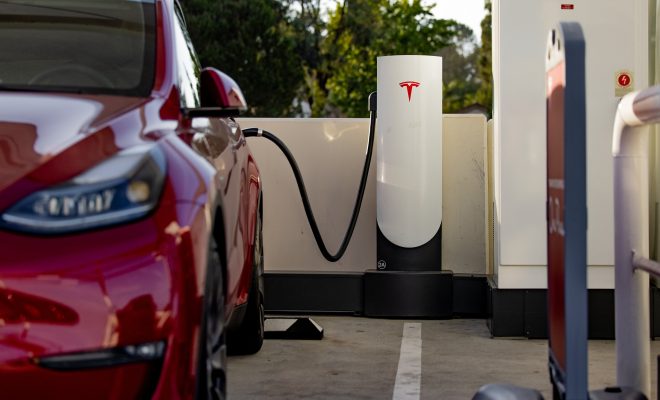Tesla Superchargers Will Soon Work With GM EVs: What That Means for You

Introduction
In a game-changing move for electric vehicle (EV) owners, Tesla has announced plans to make its comprehensive Supercharger network available to General Motors (GM) electric vehicle models. This move will improve charging accessibility and convenience for non-Tesla EV owners while also reinforcing Tesla’s commitment to promoting environmentally sustainable transportation. Read on to learn more about what this milestone partnership means for you.
Supercharging Advantages for GM EV Owners
1. Increased Charging Access
As a GM EV owner, this collaboration will offer you enhanced access to the vast and rapidly expanding Tesla Supercharger network, which boasts over 25,000 charging stations worldwide. The increased number of charging locations translates into greater convenience during long trips and reduces “range anxiety” associated with finding the next charging station.
2. Time Saving
Tesla’s Superchargers are renowned for their rapid charging capabilities that can provide up to 200 miles of range with just 15 minutes of charging time. As a GM EV owner, you’ll enjoy shorter stops during road trips without the need for spending hours at traditional EV charging stations.
3. Enhanced Destination Coverage
The Tesla Supercharger network not only offers faster-charging capabilities but also enjoys strategic placements near popular amenities such as restaurants, shopping centers, and hotels. This feature ensures maximum convenience during your travels as you won’t have to venture far to access essential services while your vehicle charges.
4. Increased Value for GM EV Owners
The interoperability between your GM EV and the Tesla Supercharger network has the potential of increasing the resale value of your electric vehicle, as it offers future buyers the assurance of convenient and reliable charging options wherever they go.
What This Means For Tesla?
This partnership exemplifies Tesla’s mission to promote sustainable transportation by expanding charging infrastructure accessibility beyond its own vehicles. By opening the Supercharger network to other manufacturers, over time, Tesla could boost revenue via increased usage, at the same time encouraging more EV adoption worldwide.
Furthermore, this collaboration could establish a precedent for other automakers to join forces with Tesla in creating an integrated EV charging infrastructure, ultimately contributing to a cleaner and greener future.
Conclusion:
Tesla’s decision to support GM electric vehicles on its Supercharger network is a groundbreaking development in the electric vehicle landscape. For GM EV owners like yourself, this accessibility means increased convenience and a host of benefits like efficient charging rates and extensive destination coverage. Simultaneously, Tesla strengthens its position as a key stakeholder in driving sustainable transportation and fostering a global network that encourages the electric vehicle revolution.




